The commonly used simplified aperture definition in photography refers to it as “the eye of the camera,” the gateway for the light to enter the lens. The main role of it for the photographers can be explained as exposing the camera sensor to the scene in front of the photographer.
However, the importance of it goes far beyond the technical nuances, and the following explains what aperture on the camera is from the artistic perspective and what the aperture means when it comes to different genres of photographic art.
Aperture Explained
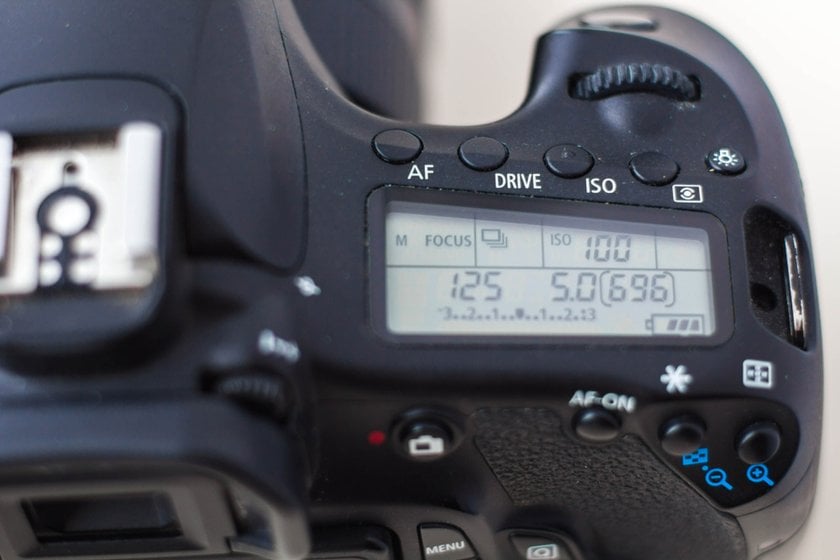
As stated above, we define aperture as a gap in the camera lens for the light to pass through. The size of this gap should be precisely adjusted. It impacts the exposure from the point of view of brightness and darkness and, consequently, the final look of your pictures.
The lens location gap can differ depending on the camera models. Still, in the majority of modern-day photo cameras, it can be found in between the elements of the lens. There is a special mechanism — the diaphragm, which narrows and widens regarding the light entering the lens, just like the human eye's pupil.
But as the amount of light entering our eyes is not under the full control of our brain, the amount of light in our pictures is something we can and should define. Most lens diaphragms have several overlapping rotating layers to change the opening size.
Exposure Value And Aperture
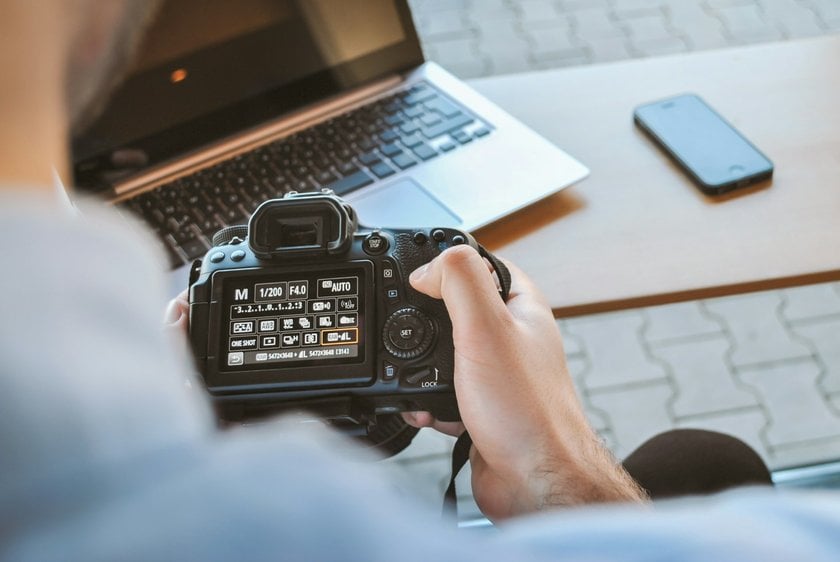
The aperture meaning in the realm of exposure is profound and intricate. It's important to recognize that your photo's Exposure Value (EV) hinges directly upon the size of the gap, a concept that extends beyond mere adjustments of brightness or darkness.
EV comprises a set of precisely defined parameters that collectively influence image exposure, with gap size being one of them. This size is gauged using a scale of F-numbers, where higher numbers signify narrower apertures.
A smaller aperture, denoted by a larger f-number such as f/16, restricts the amount of light reaching the sensor, resulting in a darker image. Conversely, a wider aperture, represented by a smaller f-number like f/2.8, permits a greater influx of light, yielding a brighter photograph.
In well-illuminated conditions, employing a smaller gap proves advantageous to capture intricate scene details. Conversely, when confronted with low-light scenarios, opting for a wider aperture facilitates the admission of more light and the creation of beautifully blurred backgrounds. The choice between these approaches hinges on the specific genre of photography in which you are engaged.
Advanced yet easy-to-use photo editor
Get Luminar Neo NowDepth Of Field
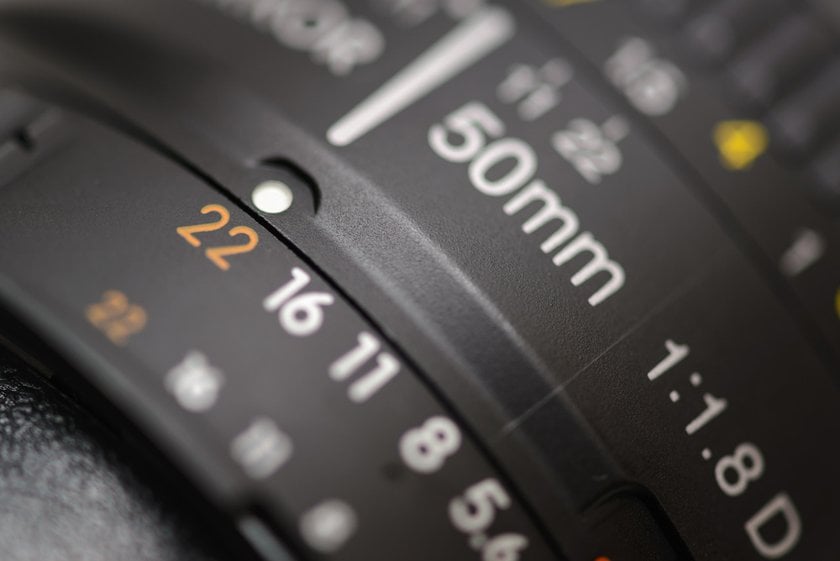
One of the aspects of aperture control is depth of field (DOF). Depth of field refers to the area of your image in sharp focus, which can profoundly affect your pictures' storytelling potential.
A wide gap, with a small f-number like f/1.4, creates a shallow depth of field. It means that your subject is in sharp focus. At the same time, the background dissolves into a creamy blur, often used in portrait photography, as it isolates the subject from distracting backgrounds, enhancing the visual impact of your model.
At the same time, a narrow aperture, with a larger f-number like f/16, results in a deep depth of field, meaning that most of the scene stays in focus. It is perfect for nature and architectural genres, in which every element, from the foreground flowers to the distant mountain ranges, needs to be crisply detailed.
The choice between a shallow or deep depth of field depends entirely on your creative vision and the story you wish to convey. The aperture setting lets you control how your viewers' eyes move through your image, highlighting certain aspects while gently blurring others.
Choosing An Aperture
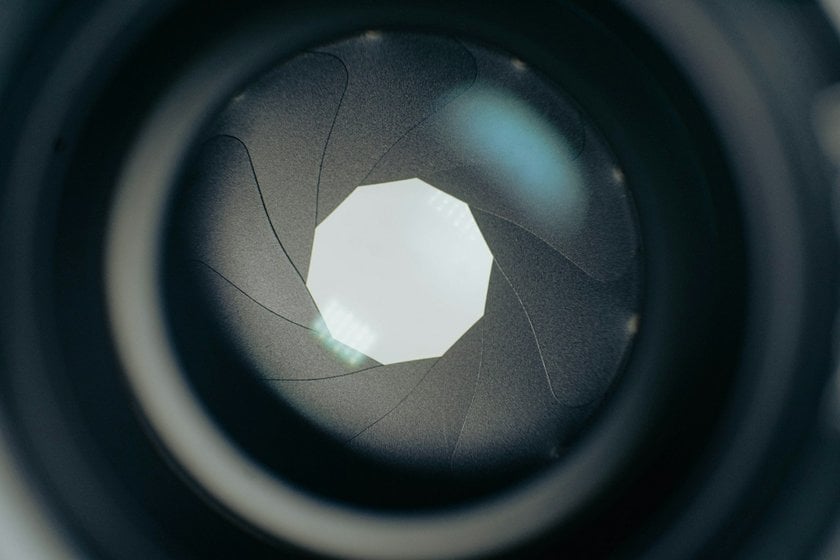
Your camera's make and model inherently determine the aperture values at your disposal, a facet further influenced by the specific lenses you employ. Certain lenses provide broader aperture settings, granting you enhanced creative command over the visual character of your photographs. These nuances are pivotal in shaping your ability to master light and craft distinctive photographic aesthetics.
In selecting the optimal camera aperture settings, you are tasked with finding an equilibrium between the potential for distortion or blurriness and your desired depth of field. Opting for manual control allows you to experiment and fine-tune the sharpness of your image, empowering you with greater artistic latitude.
When you need more light to attract attention to the main subject of your image, you can widen the gap, but exercise caution and avoid setting it at the lowest possible values, like f/1.2 to f/1.8. Conversely, if you aim for a broader depth of field, allowing multiple objects in the frame to remain in focus, you will need to close the aperture slightly.
For wide-angle lenses, it is better to narrow the aperture to around f/11, while with longer lenses, you can close it even further, down to values like f/16 to f/22. But don’t close it too tight; otherwise, the final image will be distorted.
Exclusive Tools of Endless Possibilities in One AI Editor
EXPLORE NOW!Bottom Line
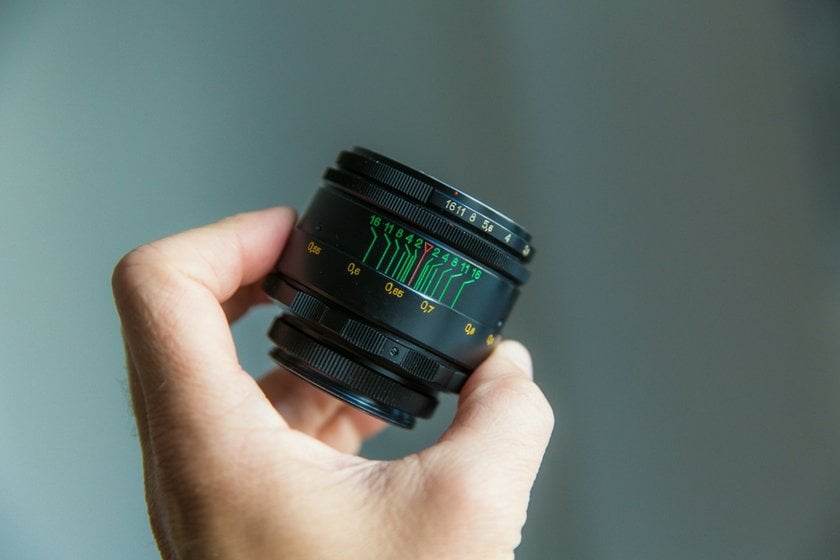
As we conclude our journey through the intricate world of camera apertures, we've unveiled this element's pivotal role in photography.
From choosing the right aperture for your subject and lighting conditions to manipulating the depth of field and wielding power to set the mood of your photographs, it is a versatile tool that can transform your images into captivating stories.
While mastering the technical aspects is undeniably important, it's equally essential to remember that the true essence of photography lies in the creativity it unleashes. So, explore, experiment, and embrace the infinite opportunities that aperture affords you in your pursuit of visual storytelling!


